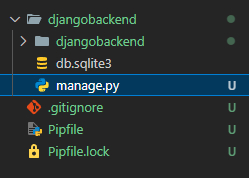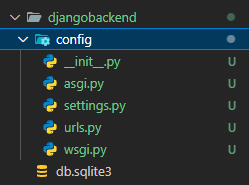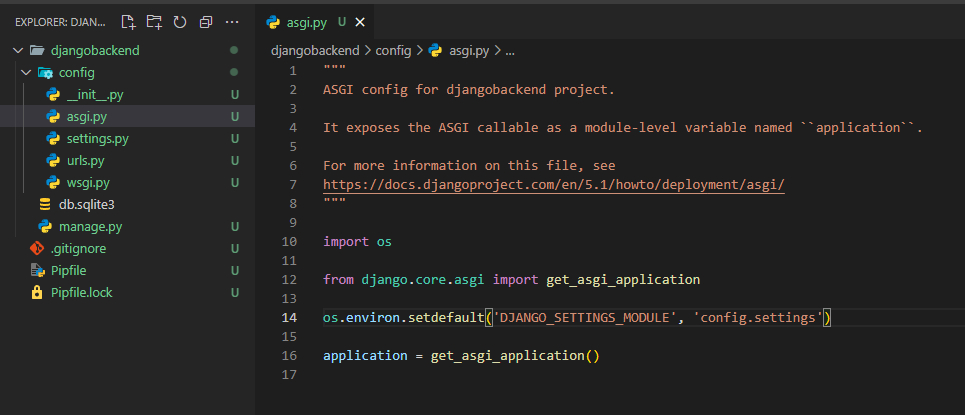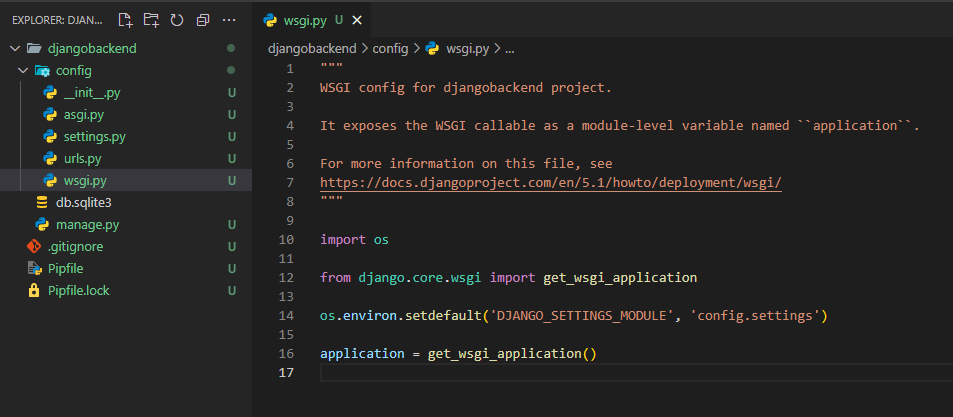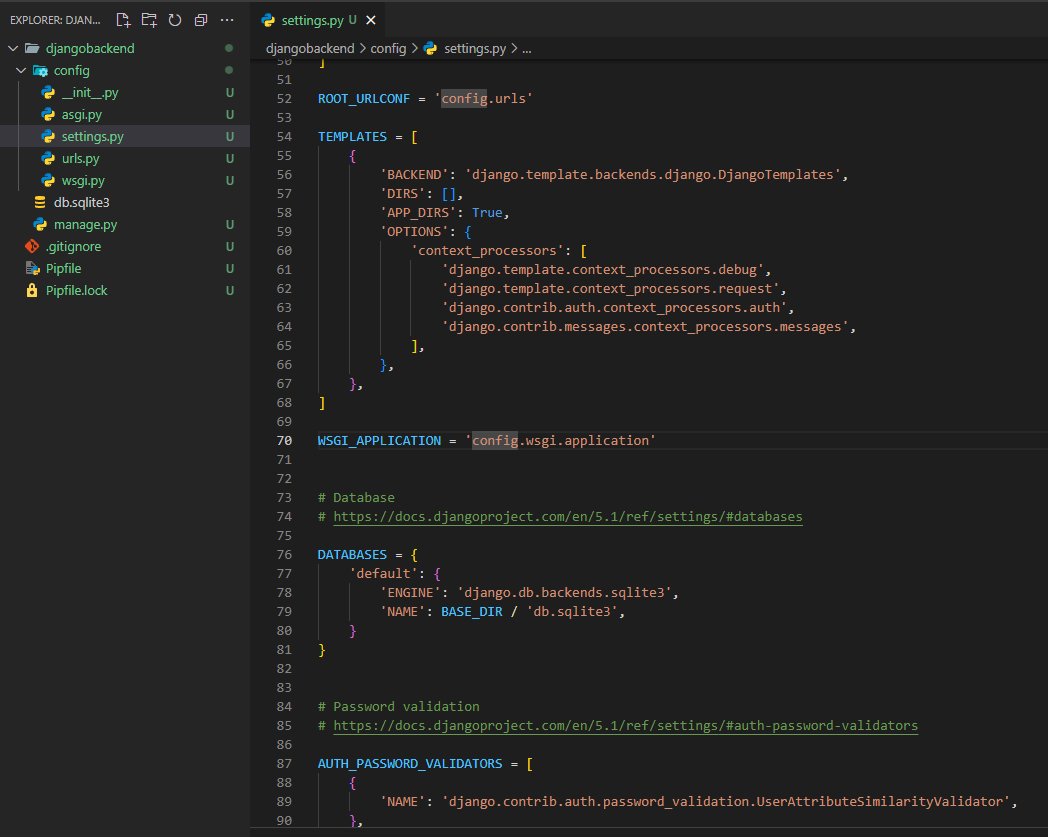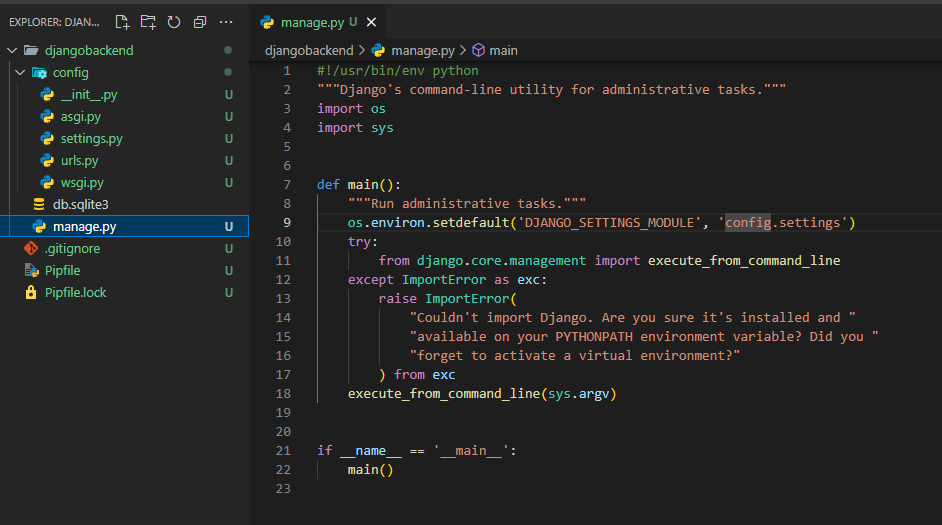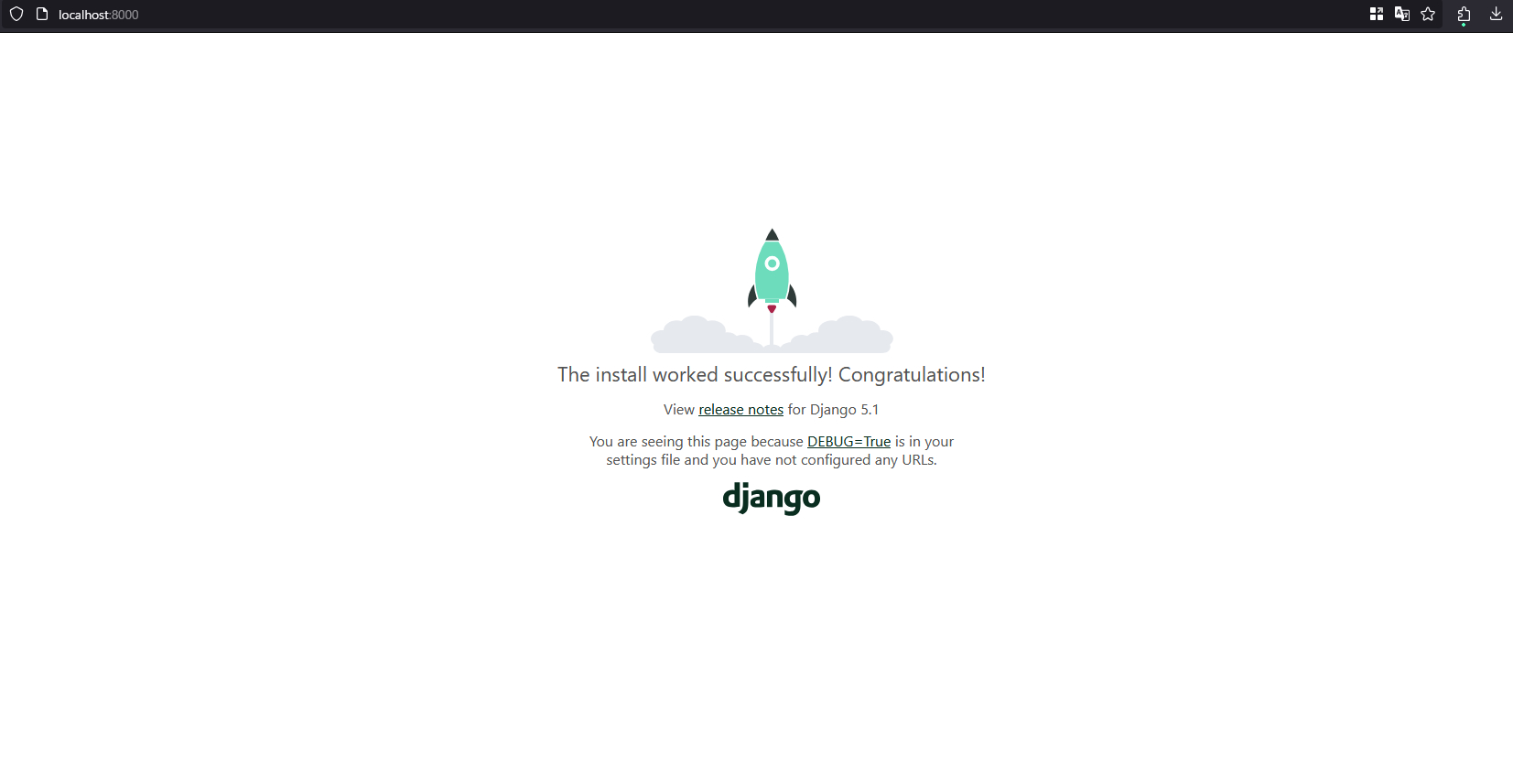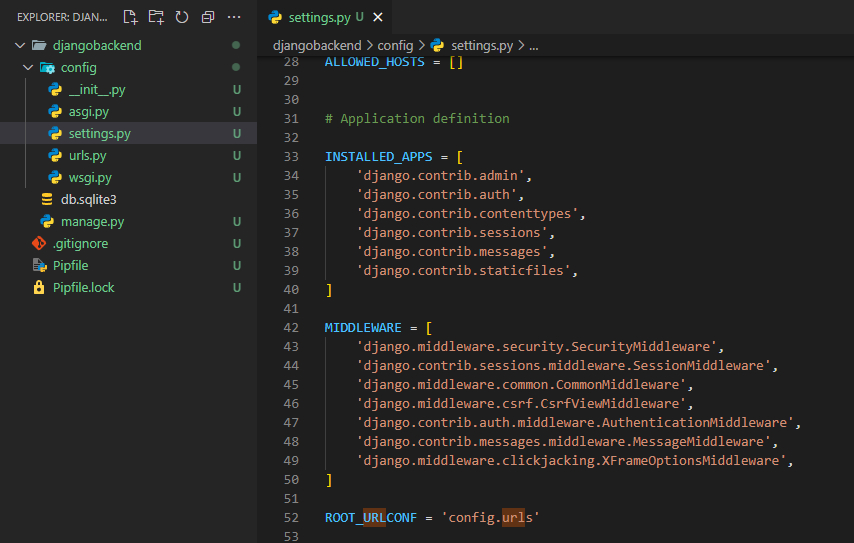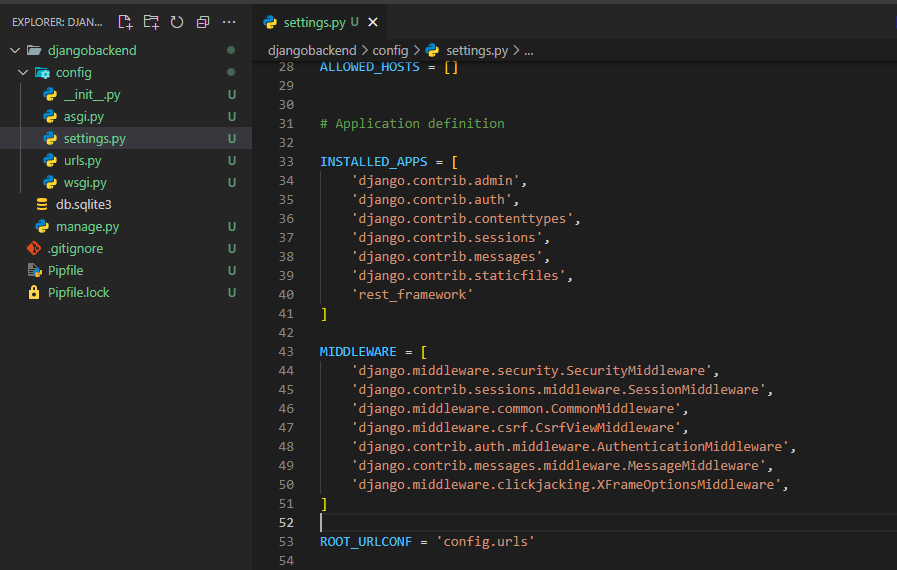3.2 KiB
Project Structure
Folder Hierarchy
Your project's root folder (the outer most) contains the following
Pipfile,Pipfile.lock- to track your installed packages as mentioned previously.gitignore- to exempt some files from being tracked in your version control (Git)
Project Folder
The folder immediately proceeding your first one contains your Django project, created by the command django-admin startproject PROJECT\_NAME which you previously executed
This contains the following
manage.py- the entry point to your Django app (e.g. thepython manage.py runservercommand and such)db.sqlite3- the default database file for Django, which uses SQLite (you can switch to PostgreSQL or MySQL later on)- another folder which contains your project's main config or app
Django Apps
Django divides your projects into groups called apps. When you start a new project, you start off with your first app.
In this case, my first app is named djangobackend
That seems a bit confusing doesn't it?
Renaming the Config App
To make things clearer, you can opt to rename the main app of your Django project. These are the changes you must make
- Rename the main app folder to config
- Open
asgi.pyand change line 14 to point to config.settings instead of PROJECT_NAME.settings
- Do the same for the
wsgi.pyfile, also in line 14
- Go to
settings.pyand set ROOT_URLCONF in line 52 to config.urls instead of PROJECT_NAME.urls
- Do the same for WSGI_APPLICATION in
settings.py, line 70
- In
manage.py, change line 19 to point to config.settings instead of PROJECT_NAME.settings
With that, you should be good to go. Double check your setup by starting the Django app once again
If you followed everything correctly, you should see the same page as before
Setting up DRF
Your current setup only includes Django. To proceed with Django REST Framework, we will need to add it to our project.
You've already installed Django REST Framework in the previous steps (e.g. pipenv install django djangorestframework).
To register it as an app in our project. Open your settings.py file and look for the INSTALLED_APPS section
Add rest_framework to INSTALLED_APPS
The next section will then tackle building a REST API with DRF
